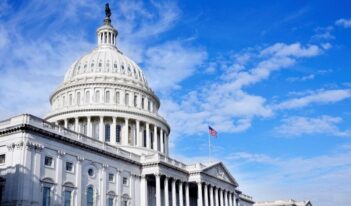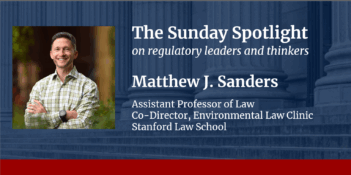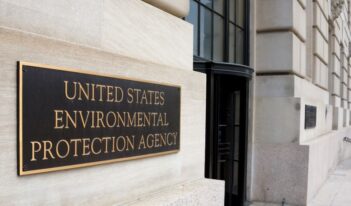
Regulatory agencies change monetary values used when analyzing life-saving regulations.
As the Obama Administration seeks to reduce the regulatory burden on businesses (see related essay on The Regulatory Review) the dollar value its regulatory agencies place on human life has garnered considerable attention.
A recent report in the New York Times suggests that during the Obama administration, federal agencies have systematically increased the dollar value they apply when conducting economic analyses of new regulations. The same report also shows that the dollar value given to mortality prevention can vary widely across different agencies, sometimes raising the question of whether these valuations are “inherently subjective.”
Agencies place dollar values on the benefits of their new government regulations in part to comply with presidential requirements. As Professor Matthew Adler of the Penn Program on Regulation has noted, “[s]ince 1981, Republican and Democratic Presidents alike . . . have instructed agencies to employ CBA [cost-benefit analysis] in evaluating policies.” Under Executive Order 12,866, issued in 1993 by President Clinton and retained by every subsequent president, agencies must provide cost-benefit analyses of the most significant rules that they issue.
When the purported goal of a new rule, such as one addressing worker safety or the environment, is to save lives, the federal Office of Information and Regulatory Affairs (OIRA) recommends measuring that rule’s benefits by using the value of a statistical life (VSL). OIRA defines the VSL as individuals’ “willingness to pay for reductions in risks of premature death.” For example, if people are willing to pay $10 to reduce their risk of death by one in a million, the VSL would be $10 million.
To measure the monetary value of a life-saving regulation, an agency must first aggregate the amount of risk that the regulation reduces in the population. It then must take the number of premature fatalities that would be avoided and multiply it by the VSL. For example, if a regulation were expected to save one in a million lives in a population of 300 million, then it would be said to save 300 statistical lives. If the VSL were $10 million, as illustrated above, then the regulation would be predicted to provide $3 billion in social benefits from avoided mortality.
The difficult part of this calculation is determining how much people are willing to pay to reduce the risk of death. For example, the Guidelines for Preparing Regulatory Analyses of the Environmental Protection Agency (EPA) explain that individuals value risk differently depending on whether the risk is voluntary, ordinary, or immediate. The EPA recommends using a meta-analysis of different risk valuations, including the amounts individuals say they will pay to reduce risk as well as the wage premiums that people expect to earn for working in riskier environments.
Research studies yield VSLs ranging from less than $1 million to $19 million. The EPA today recommends, on pages B-1 and B-3 of its guidelines, using the 2006 mean value of $7.4 million, adjusted for inflation. However, that amount comes from a data set that itself has a $4.7 million standard deviation, meaning the value could be substantially higher or lower than $7.4 million. To provide more certainty, the EPA is “continu[ing] its efforts to update its guidance on” calculating VSLs (page B-4 of guidelines). As it does so, other agencies will continue their efforts as well, probably often using different amounts than EPA does for estimating the monetary value of mortality avoidance.



